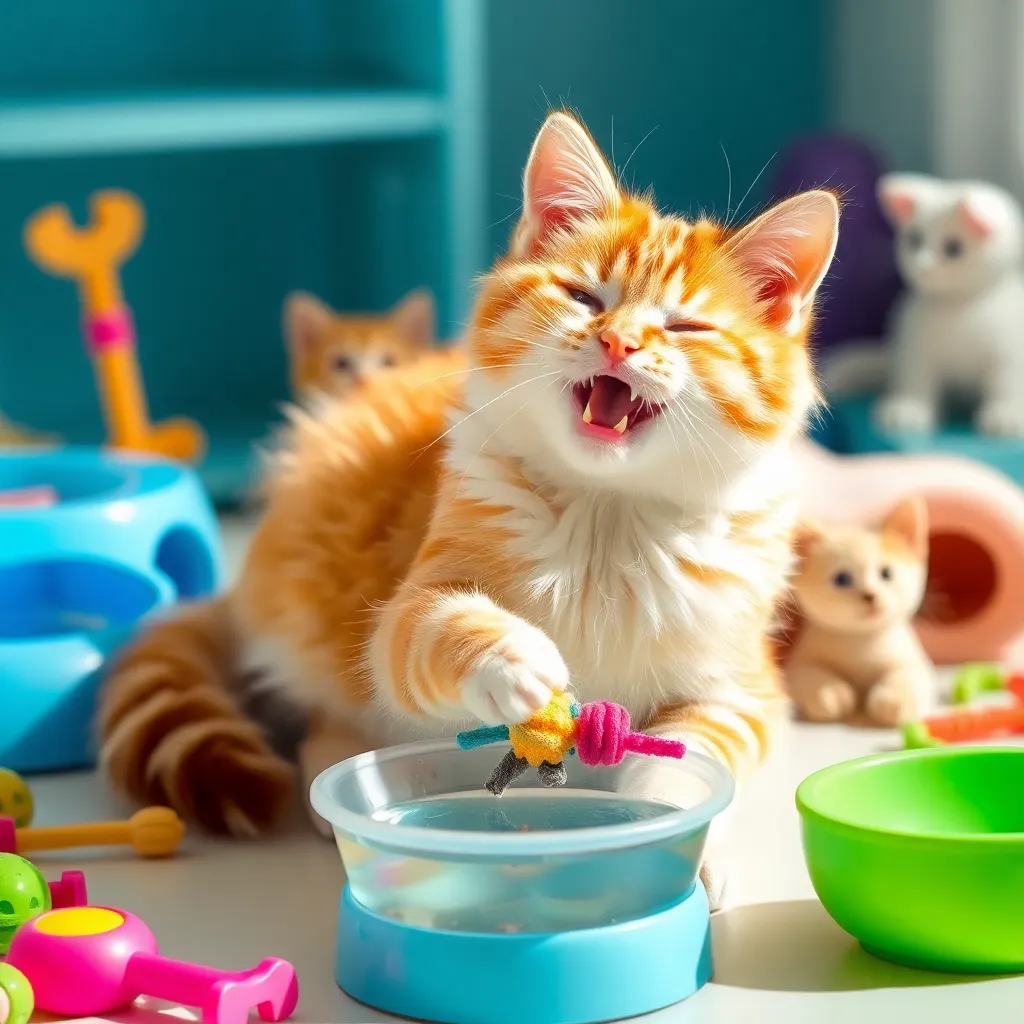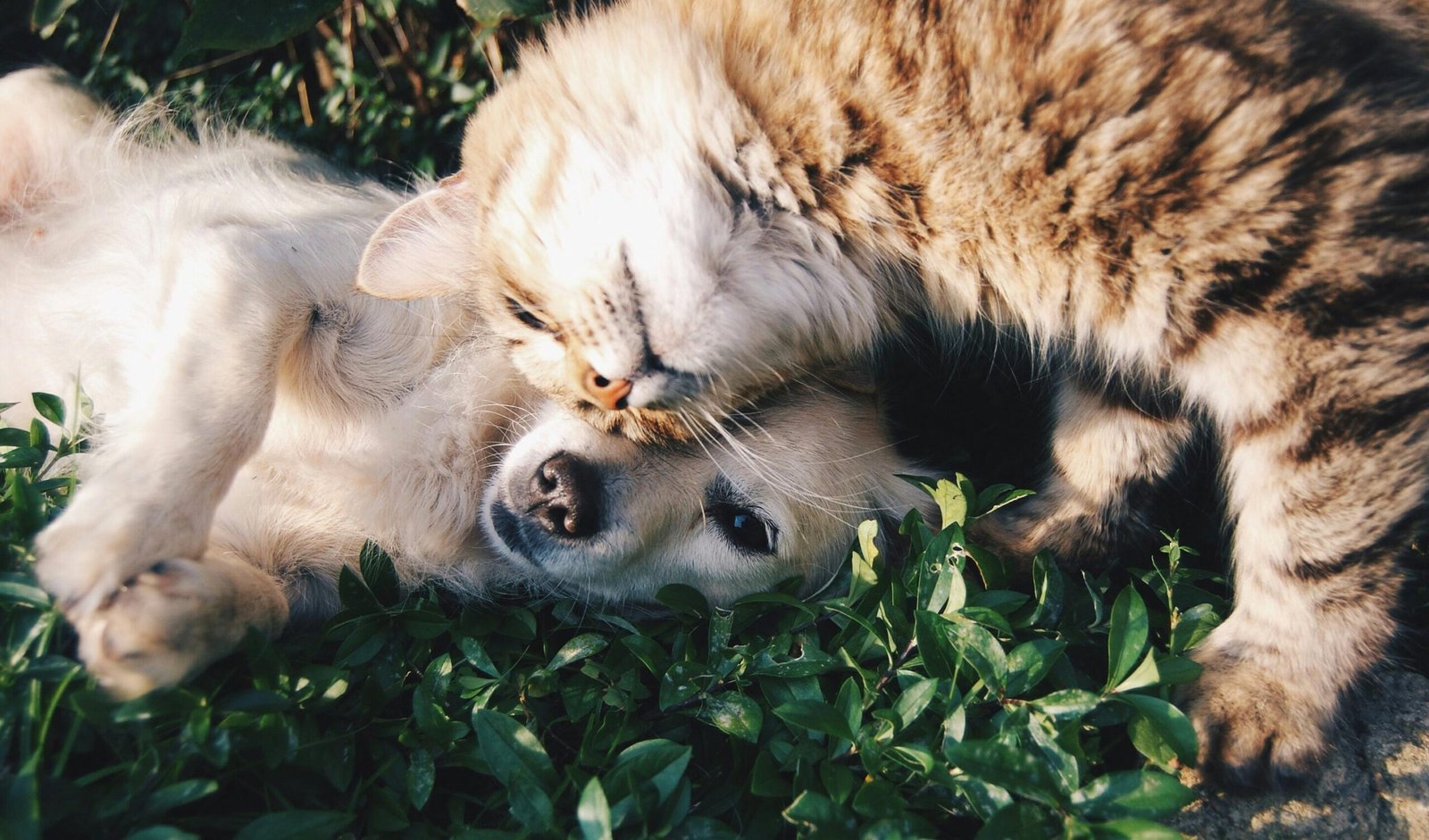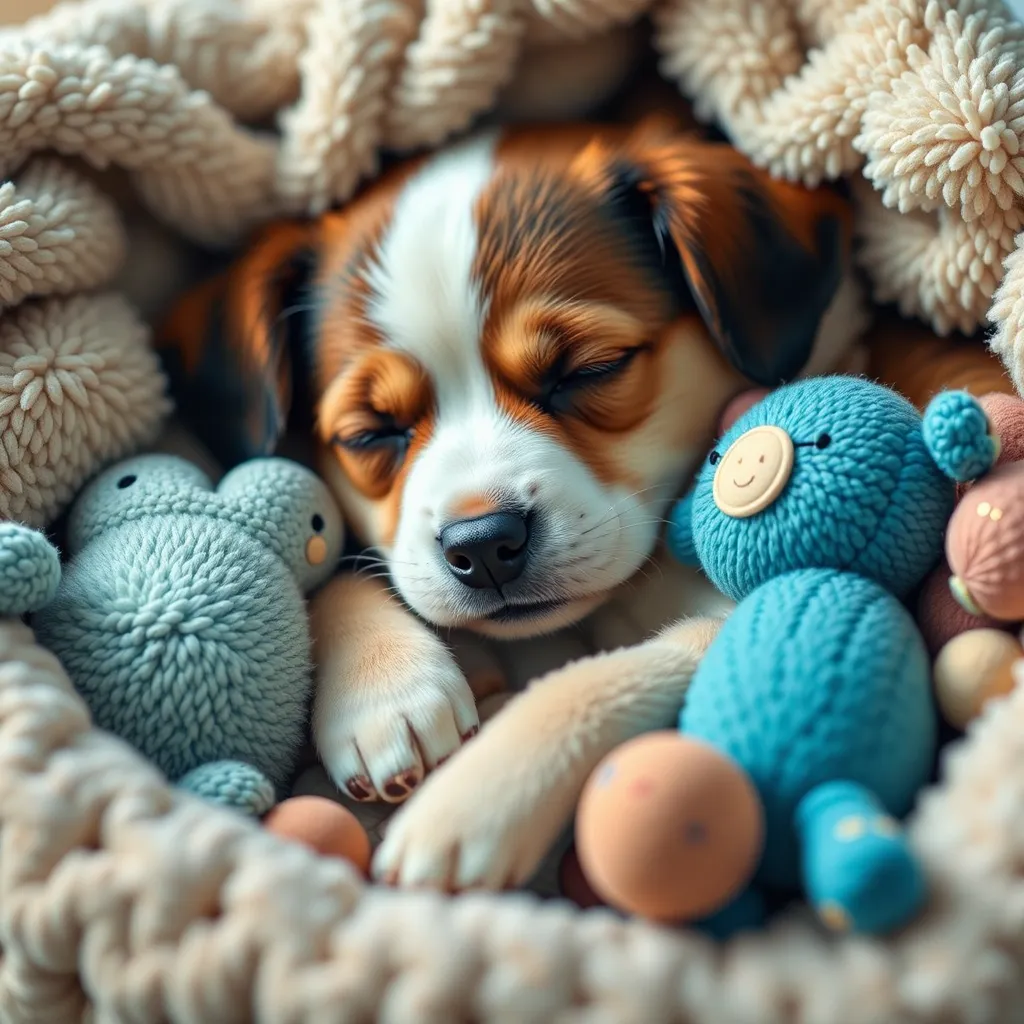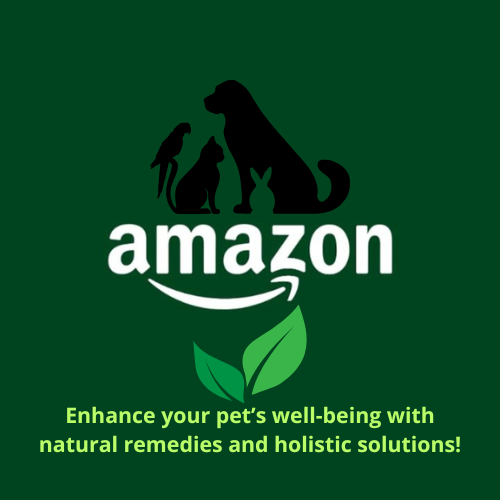House training a new puppy can feel like a marathon, filled with accidents, frustrations, and late-night cleanups. But with patience, consistency, and the right techniques, you can successfully house train your puppy and create a happy, accident-free home. This comprehensive guide provides a step-by-step plan to help you navigate this crucial stage of puppy ownership.
Understanding Your Puppy’s Needs
Before you begin, it’s crucial to understand that puppies, especially young ones, lack bladder and bowel control. Their tiny bladders mean frequent potty breaks are essential. The frequency depends on their age and size; a very young puppy might need to go every hour or even more often. Expect accidents, especially in the beginning. Don’t punish your puppy for accidents; instead, focus on rewarding good behavior.

Establishing a Routine
A consistent daily routine is key to puppy potty training. This includes scheduled feeding, playtime, and, most importantly, potty breaks. Start by taking your puppy outside first thing in the morning, after naps, after meals, and before bedtime. Also, take them out frequently between these times, particularly after periods of intense play. The more frequent the trips, the better the chance of avoiding accidents.
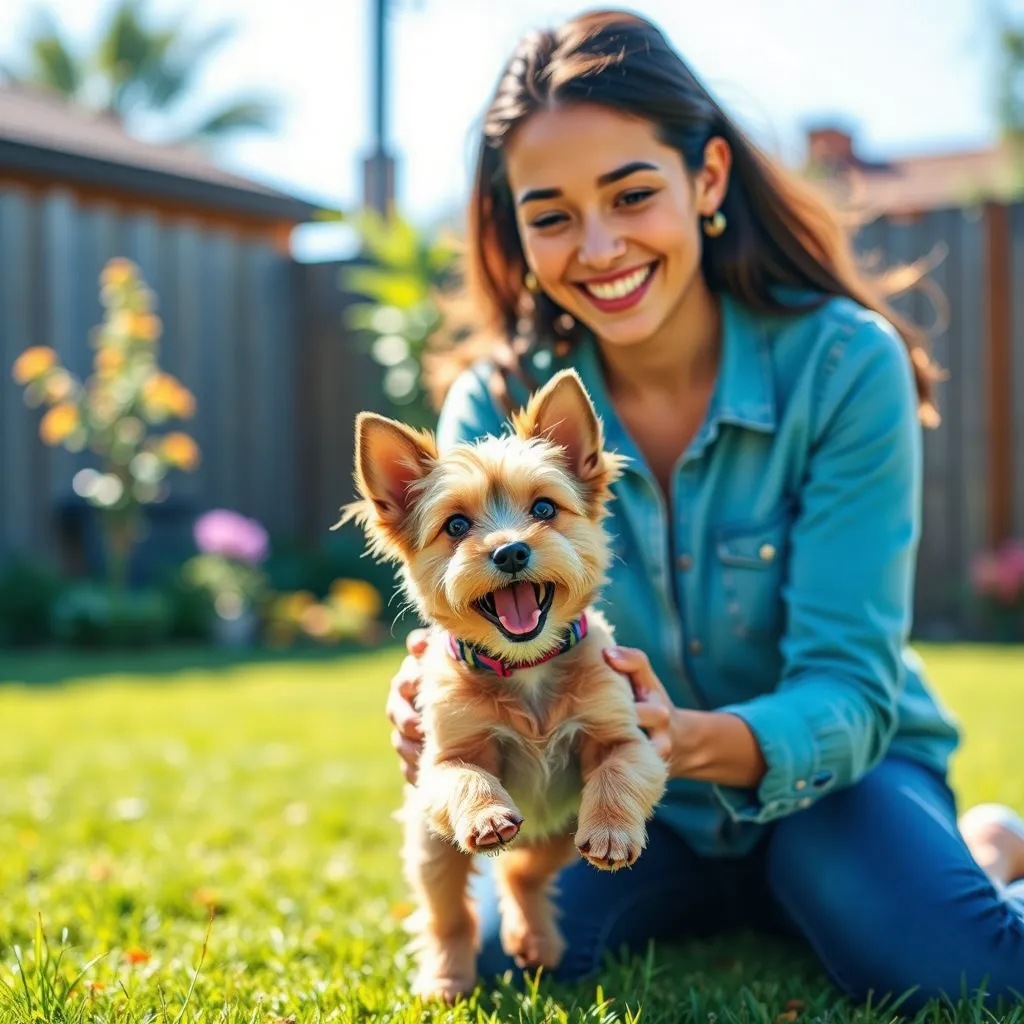
Choosing the Right Spot
Designate a specific spot in your yard for your puppy to eliminate. Consistency is crucial here. Always take your puppy to the same spot, and use a consistent verbal cue, such as “potty” or “go pee.” Once they’ve successfully eliminated, praise them enthusiastically and reward them with a small treat.
Accidents Happen
If an accident does occur, clean it thoroughly with an enzymatic cleaner to eliminate the scent. Puppies are attracted to the smell of their urine or feces, so removing the scent completely helps prevent them from going in the same spot again. Never rub your puppy’s nose in the accident; this is counterproductive and can damage your relationship.
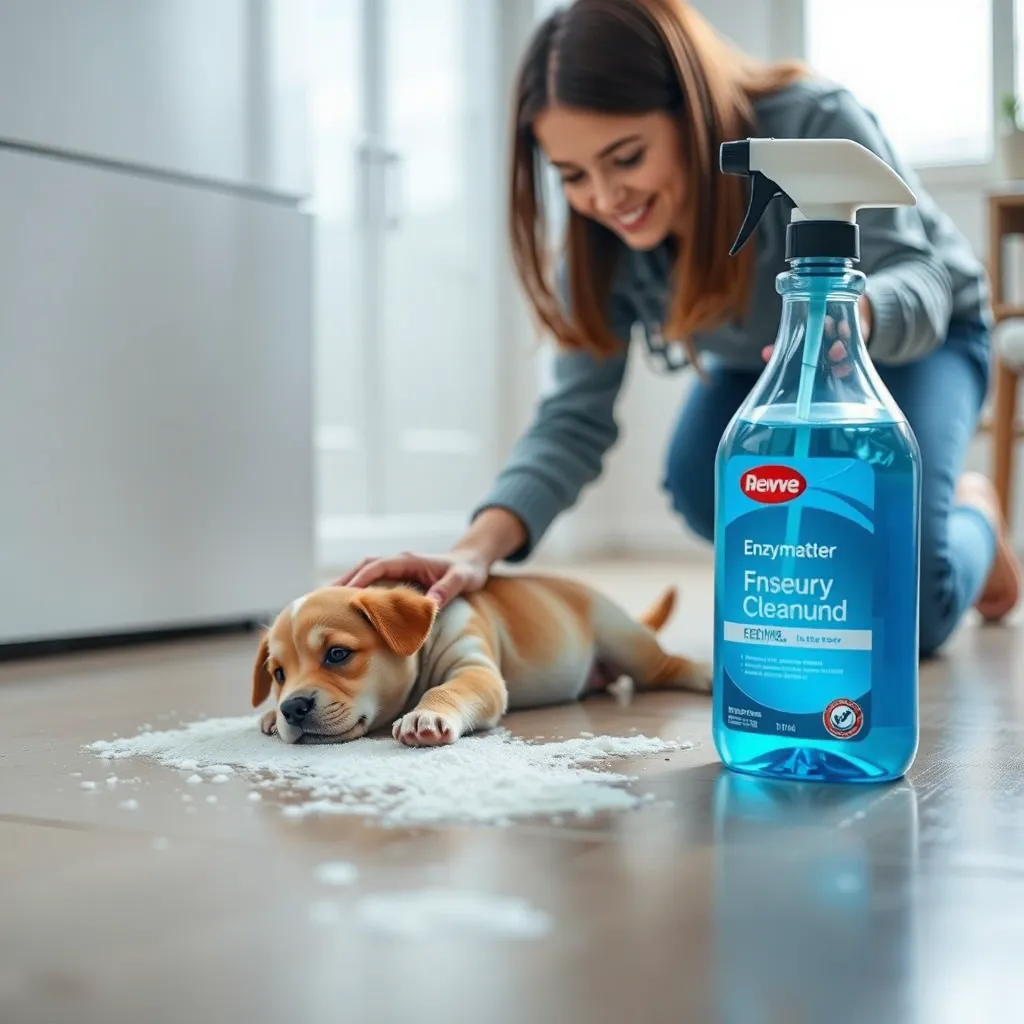
Crate Training: A Helpful Tool
Many dog owners find crate training incredibly helpful in housebreaking a puppy. A crate provides a safe, secure space for your puppy and prevents accidents at night or when you can’t supervise them closely. Never use the crate as punishment; instead, make it a positive and comfortable place.
Positive Reinforcement is Key
Positive reinforcement is the most effective method for pet training tips. Focus on rewarding good behavior with praise, treats, and toys. Avoid punishment, as it can create fear and anxiety, hindering the training process. Consistency is paramount; every family member should follow the same rules and training methods.
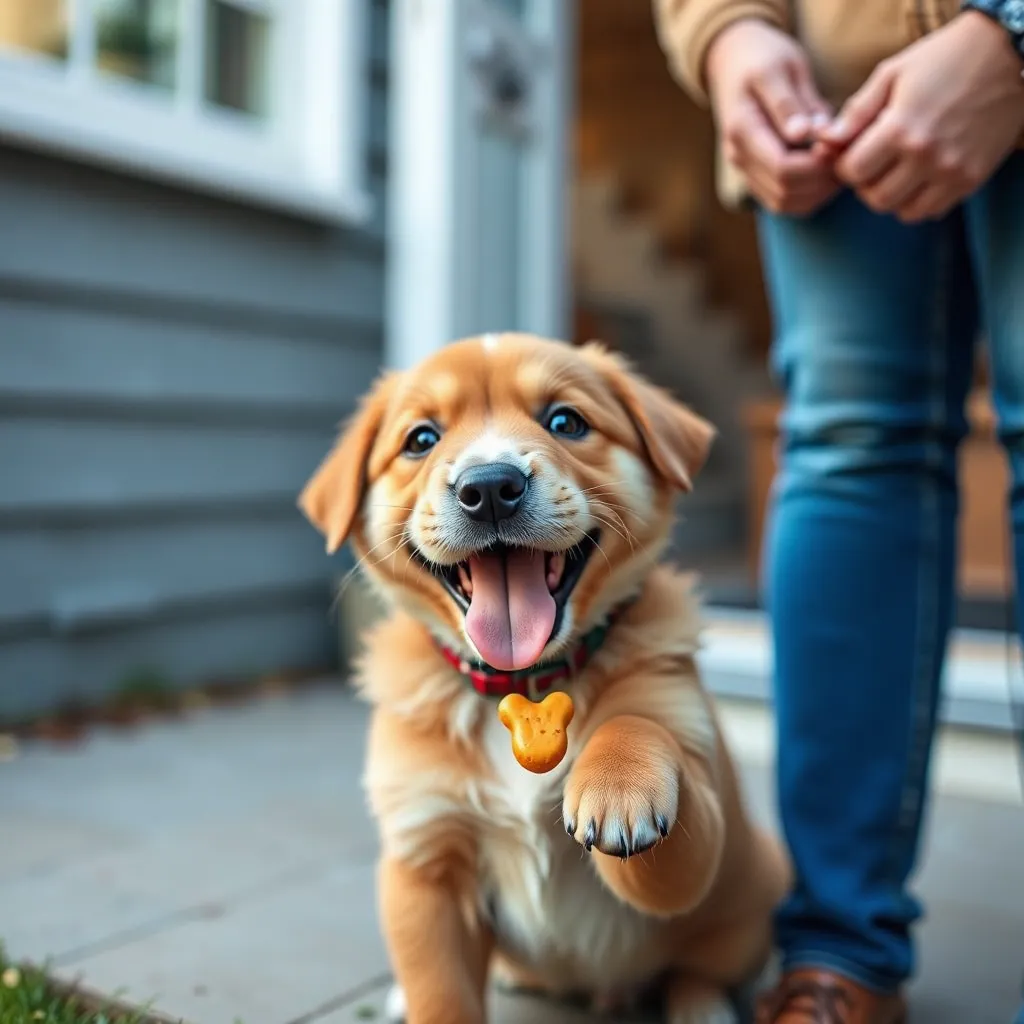
Signs Your Puppy Needs to Go
Learn to recognize the signs that your puppy needs to eliminate. These might include circling, whining, squatting, or sniffing the floor excessively. If you see any of these signs, immediately take your puppy outside to their designated potty spot.
Nighttime Training
Nighttime training can be challenging. Limit your puppy’s water intake an hour or two before bedtime. Take your puppy out for a final potty break right before you go to bed. If you use a crate, make sure it’s appropriately sized and comfortable.
Troubleshooting
If you’re struggling with house training, consider consulting a professional dog trainer or veterinarian. They can help identify underlying issues and provide personalized guidance.
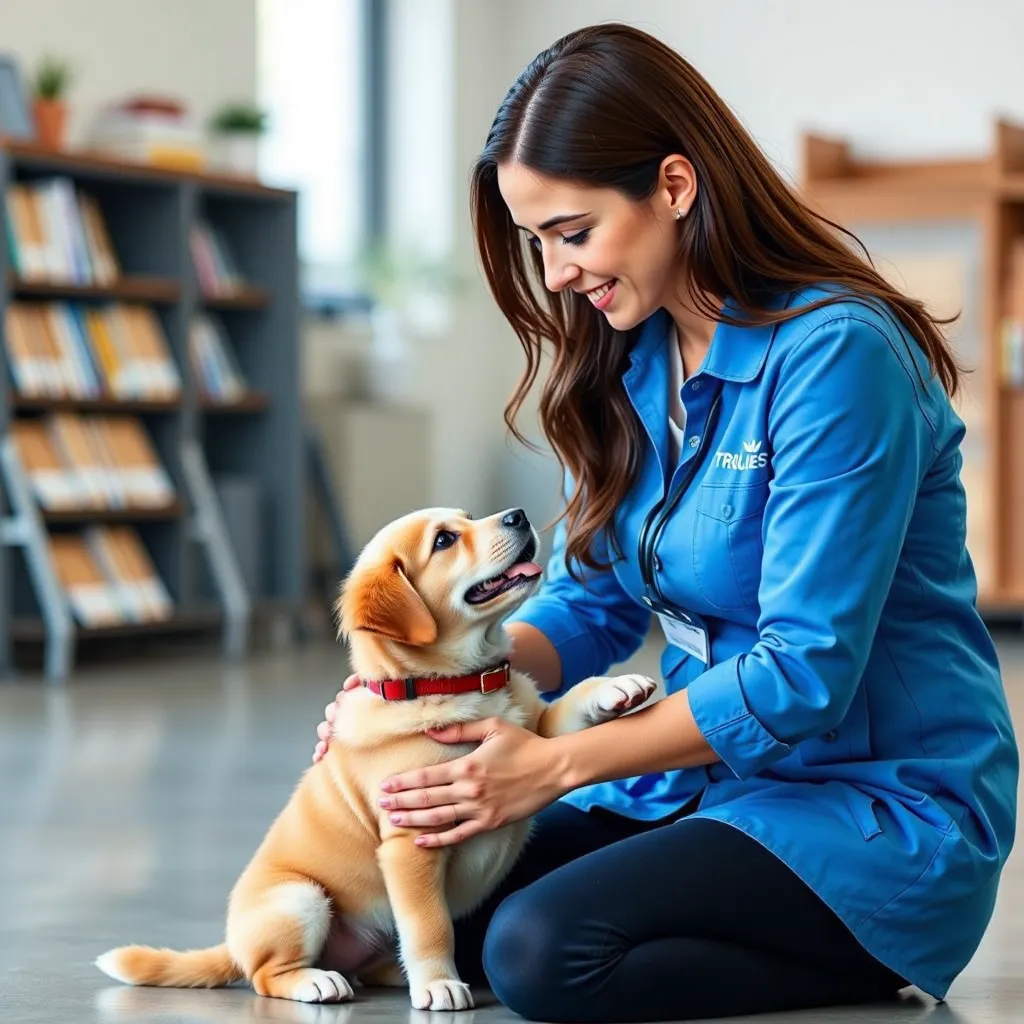
Buy the products shown in this post by visiting this link: https://amzn.to/3ZlyPU9
FAQ
- Q: How long does it take to house train a puppy? A: It varies depending on the puppy’s age, breed, and personality. Generally, it takes several months of consistent training.
- Q: What if my puppy has accidents despite my best efforts? A: Don’t get discouraged. Accidents happen. Focus on consistent training and positive reinforcement.
- Q: My puppy is chewing everything. Is this related to potty training? A: Chewing is a normal puppy behavior, but it can be distracting from potty training. Provide plenty of appropriate chew toys and redirect your puppy when they start chewing on inappropriate items.
- Q: Should I use puppy pads? A: While some people use puppy pads, it’s generally recommended to avoid them. They can confuse your puppy and make it harder to transition to outdoor elimination.
- Q: What if my puppy refuses to go outside? A: Try enticing your puppy with a favorite toy or treat. If the problem persists, consult a veterinarian to rule out any medical issues.
This comprehensive guide provides a solid foundation for successfully house training your puppy. Remember, patience, consistency, and positive reinforcement are key. With dedication and the right approach, you and your furry friend will soon enjoy an accident-free home.
Share this content:


